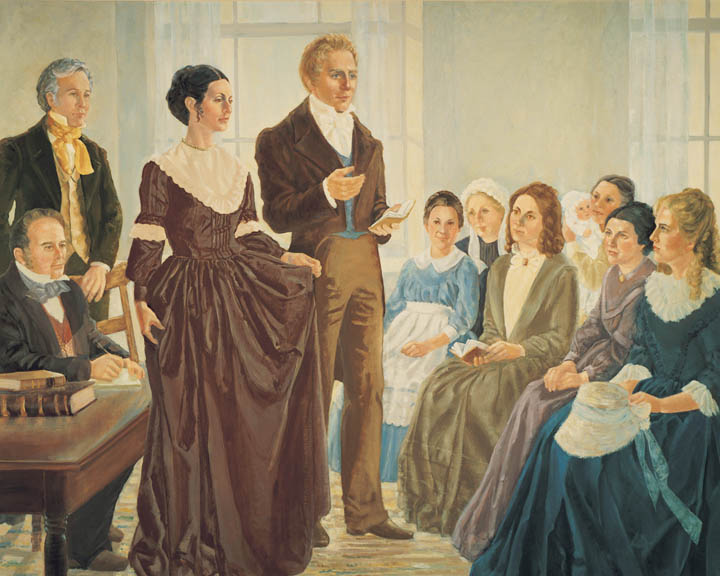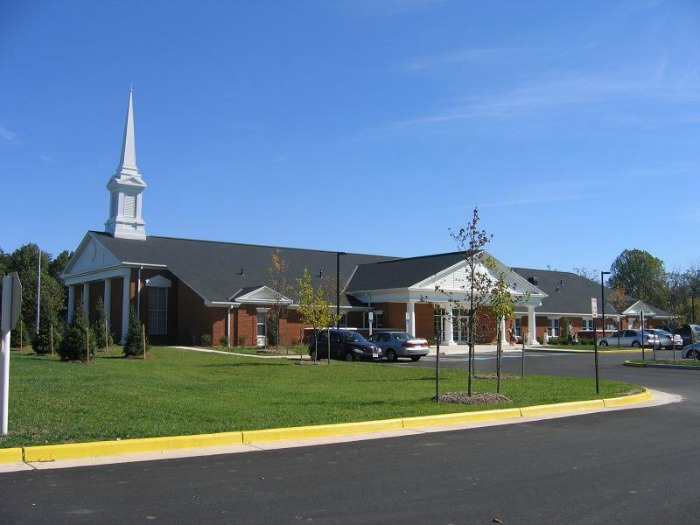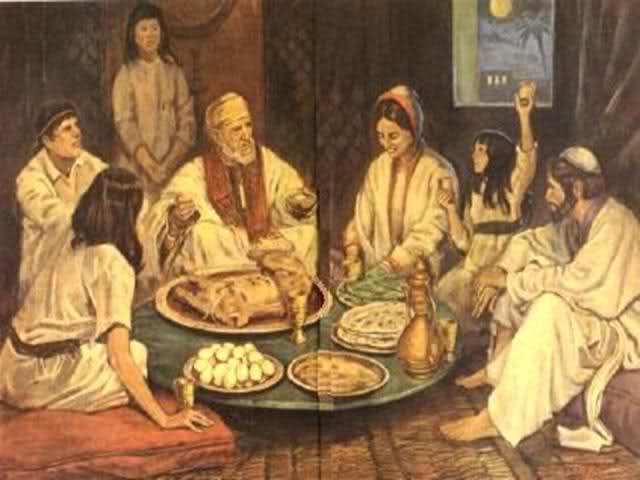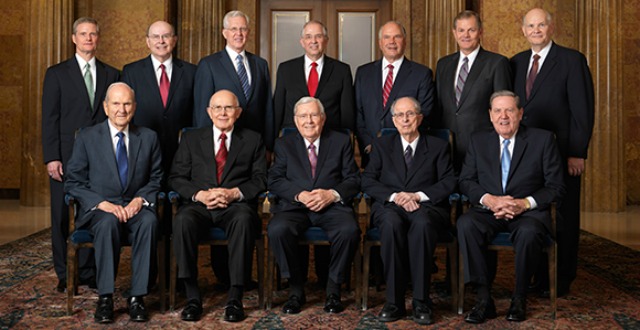Question
Gramps.
Greetings, I’m a member of the church, but my father isn’t a member. He says that the church thinks that women are less important than men because they don’t have the priesthood. He says that the men carry a significant and respectful title, like elder, when they’re missionaries, and for the women, we just call her sister. He’s being asking me, my wife and the missionaries about this and we’ve invited him to pray, but he still says that he’s not convinced. I’ll be grateful if you could help me. Thanks.
Juan
Answer
Dear Juan,
I promised you I’d tell you about the great achievements of our sisters in the Relief Society, so I’ll address that today. The Relief Society is a great organization that blesses the lives of the members in local congregations. But I’ll hold off on those stories (I’m sure you can hear plenty of stories in Sunday School and other classes) and talk about the general organization.
The Relief Society was organized in 1842 by a group of women wanting to serve their community. They selected the name, leadership, and crafted a constitution and bylaws. “Then the women asked Joseph Smith to review them and give his opinion of them. After the Prophet read them, he said they were ‘the best he had ever seen’. ‘But,’ he said, ‘this is not what you want. Tell the sisters their offering is accepted of the Lord, and he has something better for them than a written constitution. I invite them all to meet with me and a few of the brethren … next Thursday afternoon, and I will organize the women under the priesthood after the pattern of the priesthood'”. (Daughters in my Kingdom chapter 2). Joseph Smith then declared, “The Church was never perfectly organized until the women were thus organized” (Quoted in Sarah Granger Kimball, “Auto-biography,” Woman’s Exponent, Sept. 1, 1883, p. 51).
Think about this for a moment. The Relief Society was organized largely in the same manner that the entire Church structure was formed. Joseph learned a principle (such as baptism for the dead), leaped forward with it, and then received revelation on a better, divine organization (D&C 127). Similarly these women started with a noble purpose and the Lord made it divine.
This women’s organization gives us insight to former dispensations. We look up to Mother Eve (“glorious” is how she’s described) and find that she was every bit Adam’s equal. We look to the age of the Patriarchs and find the Matriarchs at their side, blessed under the same covenant. We read the story of Moses, and cannot help but notice Miriam turning up time and again. We aren’t the only ones – she has such a legacy that in Christ’s day you can’t keep track of who’s who because of the popularity of the name “Mary” (the Greek form of “Miriam”). And these Mary’s (and other notables) are referred to in the New Testament as though they were well known (like a General Relief Society Presidency?). Like families, the Church is incomplete unless its women are empowered.
And the organization itself is “after the pattern of the priesthood”. The Relief Society has presidents, committees, and instructors. It has visiting teachers in the home of its members like home teachers. It runs on revelation and inspiration. Its leadership governs “by persuasion, by long-suffering, by gentleness and meekness, and by love unfeigned; By kindness, and pure knowledge, which shall greatly enlarge the soul without hypocrisy, and without guile— Reproving betimes with sharpness, when moved upon by the Holy Ghost; and then showing forth afterwards an increase of love” (D&C 121:41-43).
Now let’s talk about the impact of such an organization. The Relief Society has been associated with wheat since 1876 when the sisters raising, purchasing, and storing wheat (some of our more seasoned sisters may still recall giving to this fund). This wheat was used for humanitarian purposes. “The wheat collected was used to feed the poor, give seed to farmers whose crops had failed, and provide wheat and flour in times of natural disasters. Wheat was sent to victims of the San Francisco earthquake of 1906, as well as to China during a famine in 1907. During World War I, the United States government purchased over 200,000 bushels of wheat from the Relief Society for the war effort” (“LDS Symbols of the Relief Society” by Connie Lamb,Mormon Historical Studies, Spring 2013, Vol. 14, No. 1). When the Great Depression hit the US, the Church set up a welfare program with the Presiding Bishopric pairing up with the Relief Society to provide for the needs of the saints (this was mirrored on the local levels as well). In 1940, much of the collected wheat was turned over to the Presiding Bishopric (ibid).
Time and again, the Relief Society has provided the temporal salvation of those in need (inside and outside of the Church). And that’s without getting into their influence in the suffragette movement, nor their local impact in communities and wards.
At its founding, President Emma Smith said, “We are going to do something extraordinary. … We expect extraordinary occasions and pressing calls” (Daughters in my Kingdom chapter 2, under “Organizing the Relief Society”). They have risen to the challenge magnificently. I cannot see this association going away unless it is replace with something more than extraordinary. Does anything about this sound “lesser” to you?
Gramps







